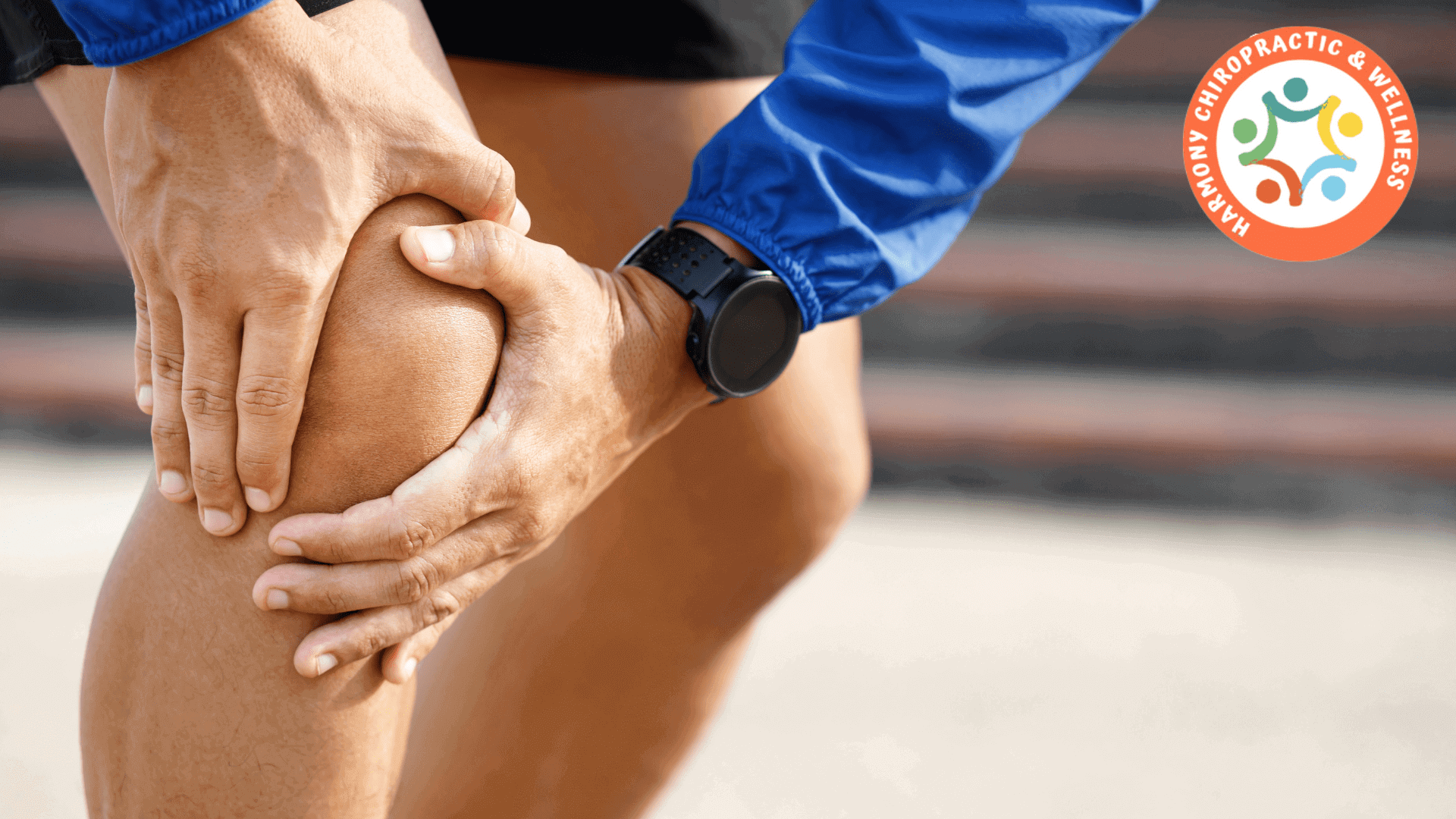What to Know About Osteopathy for Joint Pain Relief

Joint pain is a common issue that affects millions of people worldwide, whether due to aging, injury, or chronic conditions like arthritis. While many turn to medication or surgery for relief, osteopathy offers a holistic approach to treating joint pain, improving mobility, and supporting long-term joint health. Osteopathy focuses on the body’s musculoskeletal system, emphasizing the importance of proper alignment and function for overall health. In this blog, we’ll explore how osteopathy can effectively treat joint pain and provide long-lasting benefits for mobility and joint health.
What is Osteopathy?
Osteopathy is a form of manual therapy that involves the diagnosis, treatment, and
prevention of musculoskeletal disorders, with a focus on the body’s structure and its
ability to heal itself. Osteopaths are trained to assess the body as a whole, looking at how
different systems—muscular, skeletal, and nervous—interact and impact each other.
Using hands-on techniques like stretching, gentle pressure, and manipulation, osteopaths
work to restore balance, improve function, and relieve pain in the body.
Osteopathic treatment is based on the understanding that the body’s structure is closely
linked to its function. When bones, muscles, and joints are misaligned or not functioning
properly, it can lead to pain, discomfort, and restricted movement. Osteopathy aims to
correct these imbalances to restore natural mobility and alleviate pain.
How Osteopathy Treats Joint Pain
Osteopathy is particularly effective in treating joint pain, as it addresses the root causes of
discomfort rather than simply masking symptoms. Osteopaths use a variety of techniques
to improve joint function and reduce pain, including:
1. Joint Manipulation
This technique involves using controlled force to move joints in
a way that restores their proper alignment. Manipulation helps to reduce stiffness,
increase range of motion, and relieve pain associated with joint dysfunction.
2. Soft Tissue Techniques
Osteopaths use gentle massage, stretching, and
myofascial release to target the muscles, tendons, and ligaments surrounding the
joints. This helps to alleviate tension, improve circulation, and promote healing in
the affected areas.
3. Postural Alignment
Osteopathy focuses on improving posture to prevent and treat
joint pain. Poor posture can place excess strain on certain joints, leading to
discomfort and long-term damage. By addressing postural imbalances, osteopaths
help reduce the risk of joint pain and promote better alignment.
4. Exercise and Rehabilitation
Osteopaths often recommend specific exercises to
improve strength, flexibility, and mobility. These exercises are tailored to the
individual’s needs and can help prevent future joint problems by supporting proper
movement patterns and building muscle strength around the joints.
Benefits of Osteopathy for Joint Health
- Pain Relief: Osteopathic treatments provide significant pain relief for many individuals dealing
with joint pain. Whether from conditions like osteoarthritis, rheumatoid arthritis, or
simple wear and tear, osteopathy can reduce inflammation, alleviate stiffness, and
relieve discomfort, allowing patients to move more freely and comfortably. - Improved Mobility: Joint pain often leads to decreased mobility, which can severely impact quality of
life. Osteopathy helps restore movement and flexibility by addressing restrictions in
the joints, muscles, and tissues. With regular treatments, patients can experience
improved range of motion and less difficulty with everyday activities. - Long-Term Joint Health: Osteopathy is not just about managing pain in the short term—it’s also focused on
promoting long-term joint health. By addressing imbalances in the body’s structure
and function, osteopathic treatments can prevent further damage to joints and
reduce the risk of future joint issues. Additionally, osteopaths educate patients on
proper posture, movement techniques, and exercises that support joint health over
time. - Holistic Approach: One of the main advantages of osteopathy is its holistic approach to healing.
Instead of relying solely on medication or surgery, osteopathy takes into account
the entire body and its interconnected systems. This approach not only targets joint
pain but also aims to improve overall well-being by supporting the body’s natural
healing processes.

When to Seek Osteopathic Treatment
If you’re experiencing joint pain, stiffness, or limited mobility, osteopathy may be a suitable
treatment option. It can be particularly helpful for individuals dealing with chronic joint
pain, sports injuries, or conditions like arthritis. Osteopathic treatment is also a great
preventative measure, helping to maintain joint health and prevent future pain or
dysfunction.
It’s important to consult with an osteopath to determine whether this type of therapy is
right for you. Osteopaths will assess your condition and create a personalized treatment
plan that addresses your specific needs.
Conclusion
Osteopathy is an effective, non-invasive treatment option for joint pain relief, improved
mobility, and long-term joint health. By using hands-on techniques like joint manipulation,
soft tissue therapy, and postural alignment, osteopaths help restore balance to the body,
reduce pain, and promote healing. Whether you’re dealing with chronic joint pain or simply
want to maintain joint health, osteopathy offers a holistic approach that can support your
well-being for years to come.
At Harmony Chiropractic and Wellness, our skilled team of healthcare professionals is
committed to providing effective osteopathic care, helping you maintain balance and
improve overall wellness. Trust us to guide you toward a healthier, pain-free life!

